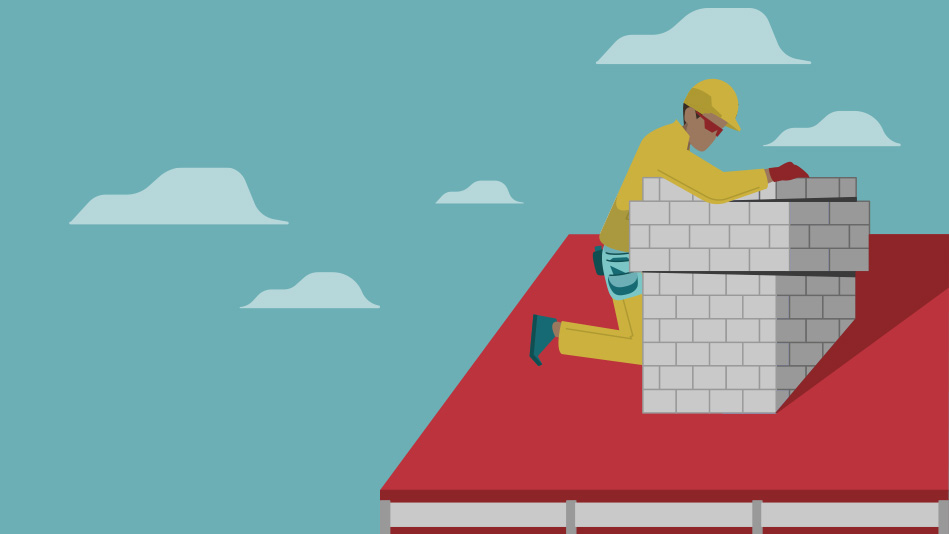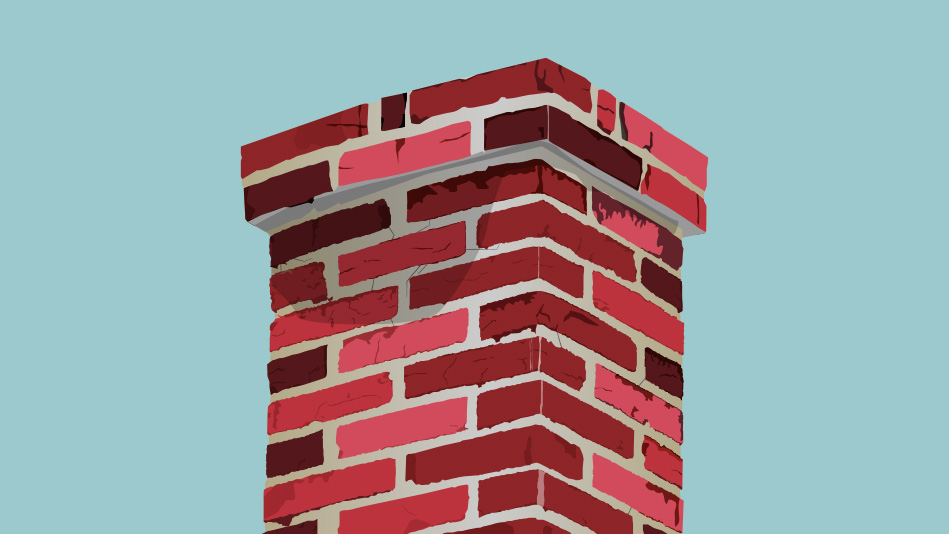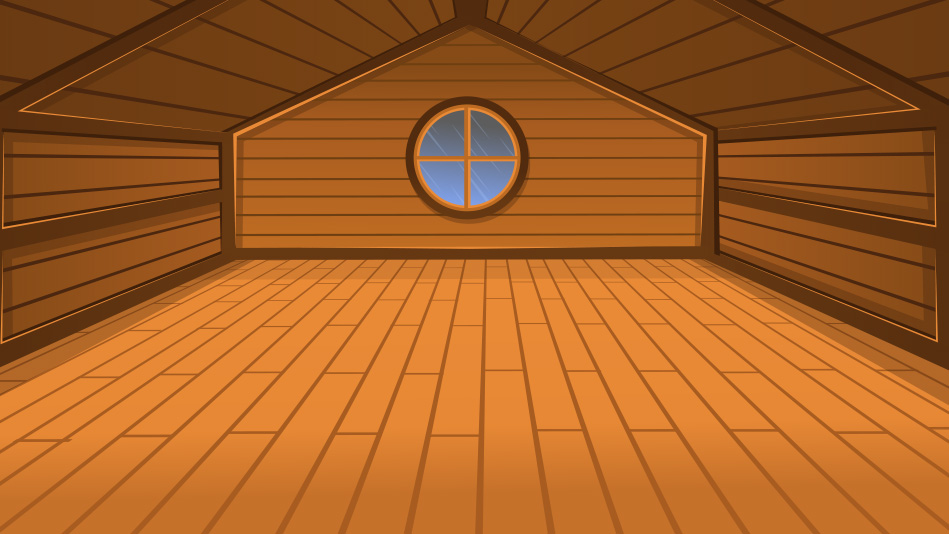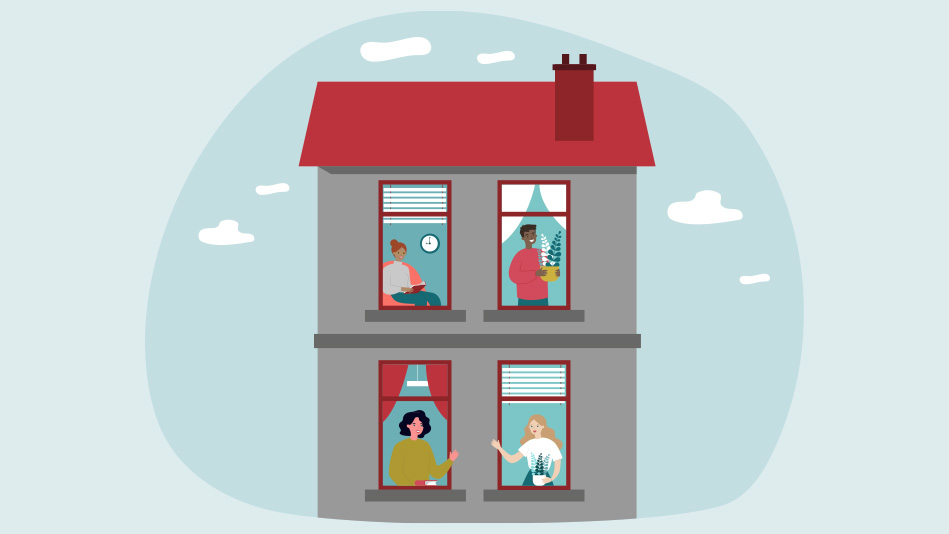When was the last time you really inspected your roof and chimney? They play crucial roles in protecting your home from the elements, and regular inspections are essential to find and address potential issues before they become costly problems.
If it’s been a while, or if you’re planning to sell your home, this comprehensive checklist can help you ensure the safety, efficiency, and longevity of your roof and chimney.
Download our Roof and Chimney Inspection Checklist PDF for a printer-friendly version.

1. Roof Exterior
Walking your roof is usually the best way to catch any of the following issues. If you aren’t able to safely get up there yourself, some alternatives could include looking from a ladder, looking through binoculars, or flying a drone overhead to take pictures. When in doubt, hire a professional.
- Examine the exterior of your roof to assess its overall condition and identify any visible damage.
- Look for missing, damaged, or loose shingles or tiles, paying attention to sagging areas or unevenness, as they may indicate structural issues.
- Inspect the flashing around chimneys, vents, skylights, and anywhere your roof’s edges meet walls, for damage or deterioration. While inexpensive and easy to replace, properly installed flashing is critical to preventing expensive weather-related water damage to your home.
- Check the gutters and downspouts for clogs, damage, or improper drainage.

2. Chimney Exterior:
While you’re up there, get a thorough look at your chimney, too—especially if you use your fireplace regularly.
- Start by inspecting its exterior, looking for cracks, crumbling mortar, or loose bricks in the chimney structure.
- Check the chimney cap for damaged or missing parts, as caps prevent water and debris from entering the chimney. Any missing or damaged caps should be replaced.
- Examine the chimney crown (the top of the chimney that sheds water) for cracks or signs of deterioration, which protects the chimney from moisture damage.
- Ensure proper clearances between the chimney and any combustible materials.
- Confirm the presence of a spark arrestor or cap on the chimney to prevent embers from escaping and potentially causing a fire.
- Check for the presence of a chimney liner, as it improves safety and enhances efficiency. If you look inside your chimney and see bricks but no clay tile, it is not lined.
- Verify that your chimney's height and distance from the roofline comply with local building codes.
- Remove any tree branches or potential hazards near the chimney.
- Additionally, inspect the flashing around the chimney for secure attachment and any signs of damage.
- Lastly, clear away any vegetation or debris buildup on or around the chimney.

3. Chimney Interior:
Besides ensuring a solid structure, the inside of your chimney needs a thorough inspection, too.
- Prioritize adequate ventilation to prevent carbon monoxide buildup.
- Check the flue liner for cracks, gaps, or signs of deterioration, as it ensures the safe passage of gases.
- Inspect the damper for proper functioning and any signs of damage, as it controls airflow.
- Look for any signs of soot or creosote buildup, which can pose fire hazards.
- Ensure there are no obstructions or nests from birds or animals that can block proper ventilation.

4. Roof Interior (Attic):
What you can’t see from the outside might be far more apparent on the inside, and your attic doesn’t follow the rules of Vegas—what happens there can most definitely find its way into the rest of your home. So, even if your roof looks good, don’t skip this important step in your checklist.
- Look for signs of water leaks or stains on the ceiling or walls, as they might indicate a roof issue.
- Check for any sunlight coming through cracks or gaps, as it could be a sign of roof damage.
- Inspect the insulation for proper installation and any signs of damage.
- Keep an eye out for signs of pests or animal infestation, as they can cause damage to your roof structure.
- Check for proper ventilation: Look for signs of mold, mildew, or excessive humidity, which can lead to health issues and further damage if left unaddressed.

5. Documentation and Professional Inspection:
Pics or it didn’t happen—or at least a written record. Keeping track of what inspections have been done and when helps ensure your home has a solid maintenance history.
- Maintain a detailed record of previous inspections, repairs, and maintenance activities. This will help you track the history of your roof and chimney and assist professionals in identifying recurring issues.
- Consider hiring a professional chimney sweep and/or roofing contractor for a thorough and comprehensive inspection. Their expertise will ensure that no crucial aspect is overlooked, providing you with peace of mind and expert recommendations tailored to your specific needs.

Keep your (literal) roof over your head
Regular inspections are paramount to the well-being of your roof and chimney. Remember: If you encounter significant damage or are uncertain about any aspect of the inspection, it's wise to seek professional assistance—after all, the Chimney Safety Institute of America (CSIA) recommends chimney cleanings and inspections by a certified chimney sweep at least once a year.
Investing time and effort in regular inspections helps to ensure your roof and chimney will serve you faithfully for years to come. What do yours look like? Visit us on Facebook to share!
